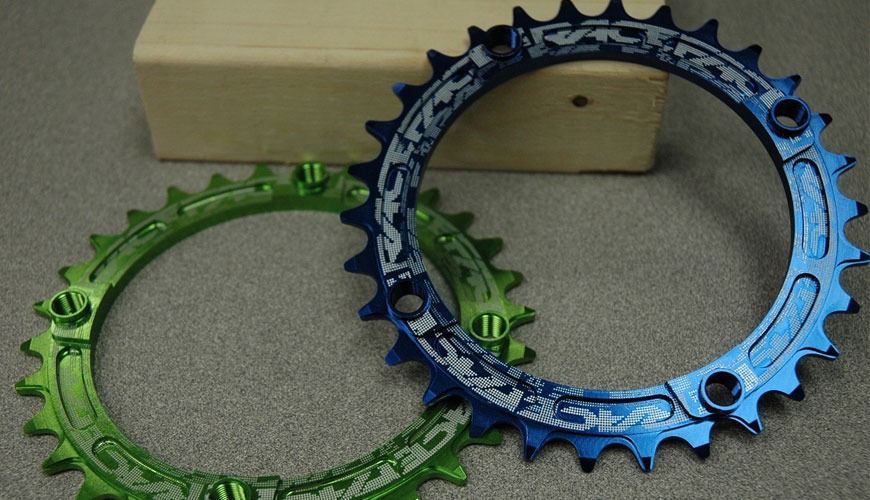

This standard specifies hardware excitation test methods and procedures for determining the immunity of electronic components of passenger cars and commercial vehicles, regardless of the propulsion system (eg spark ignition engine, diesel engine, electric motor).

The bulk current injection (BCI) test method is based on the injection of current into the harness using a current probe as a transformer, where the harness forms the secondary winding.
The tubular wave coupler (TWC) test method is based on a wave coupling to the wire harness using the directional coupler principle. The TWC test method was developed for immunity testing of automotive components based on radiated disturbances in the GHz ranges (GSM bands, UMTS, ISM 2,4 GHz). It is best suited for the small (in terms of wavelength) and under test (DUT) shielded device, since in these cases the predominant connection mechanism is via the harness.
The electromagnetic disturbances discussed in this standard are limited to continuous narrowband electromagnetic fields.
Among the services provided by our company, EUROLAB, within the framework of automotive testing services, there are also ISO 11452 standard tests. We welcome you to our laboratory to provide the best service to you, our manufacturers and suppliers, with our professional engineer staff.
To get an appointment, to get more detailed information or to request an evaluation, you can ask us to fill in our form and reach you.